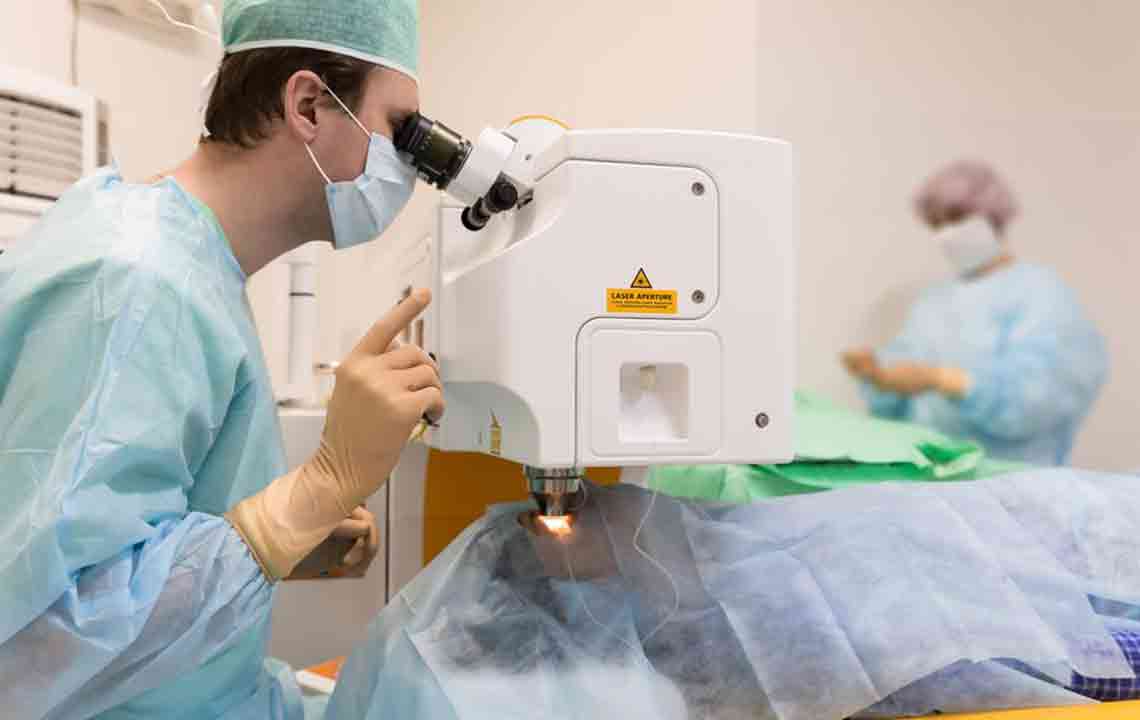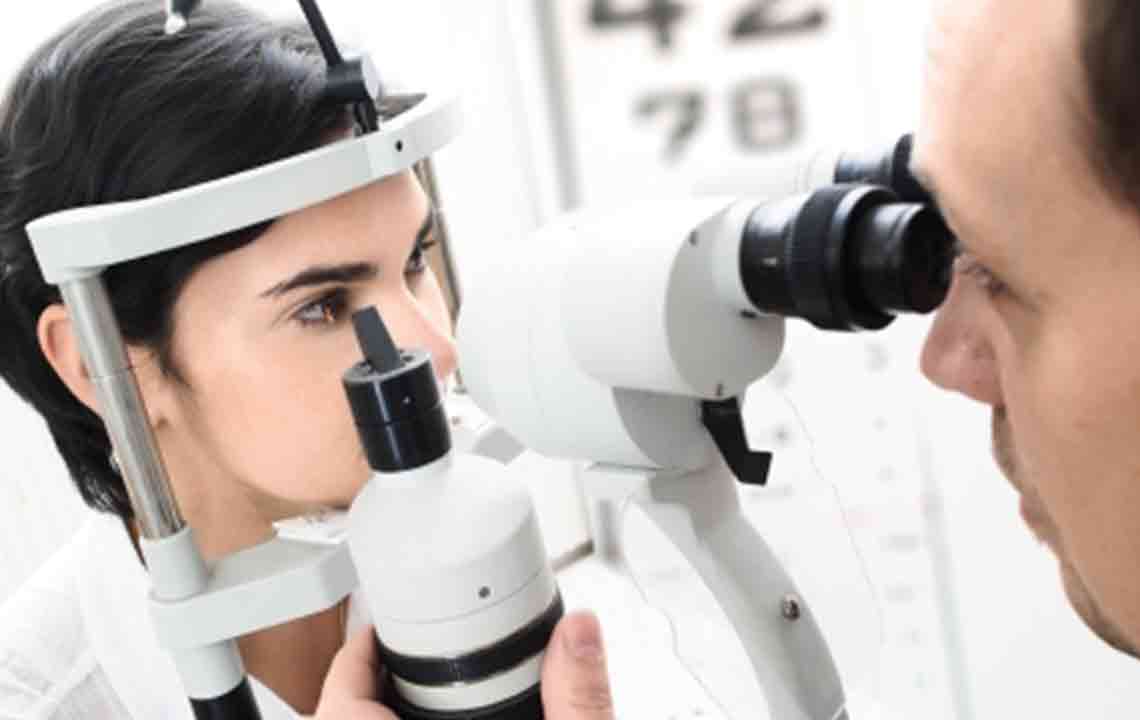Understanding the Expenses and Considerations for Laser Cataract Surgery
This article provides a comprehensive overview of laser cataract surgery costs, factors influencing prices, insurance coverage options, and tips to manage expenses. It explains the procedure, what affects pricing, and how patients can plan financially. Whether you have insurance or are paying out-of-pocket, understanding these aspects can help you prepare effectively for treatment. The piece emphasizes the importance of consulting with providers and insurers to clarify coverage and optimize costs for this advanced eye procedure.

Understanding the Expenses and Considerations for Laser Cataract Surgery
Cataracts cause cloudiness in the eye's natural lens, leading to vision issues. The lens, which needs to stay clear to let light pass through properly, can become cloudy due to aging, UV exposure, diabetes, smoking, certain medications, and high myopia. Symptoms include dull colors, light sensitivity, and blurred vision. If not treated, cataracts can worsen and impair sight. Treatment involves removing the cloudy lens and replacing it with a clear artificial one. Modern laser surgery offers precise removal with faster recovery times compared to traditional methods.
Laser cataract surgery costs vary based on technology, eye condition, and overall health, typically ranging from $1500 to $3000 per eye. Use of advanced wavefront technology or bladeless procedures can increase prices by a few hundred dollars. Insurance coverage, including Medicare or private plans, often helps offset costs, but coverage details depend on deductibles and specific policies. Patients without insurance must cover the full expense. Planning ahead and discussing coverage options with your provider can help manage costs effectively.
Tips to Reduce Laser Cataract Surgery Expenses
Opt for Flexible Spending Accounts (FSA) or Health Savings Accounts (HSA) to pay pre-tax, saving money on surgery costs. Understanding your insurance policy and exploring payment plans can further ease financial burden. Always review insurance coverage, including deductibles, co-pays, and provider networks, to avoid unexpected expenses. Consulting with your insurer before surgery ensures clarity on what's covered and what you'll need to pay.
Note: This article provides general information about laser cataract surgery costs. For personalized details, consult with your healthcare provider and insurance company. The information shared is for educational purposes and may not cover all available options or schemes.









